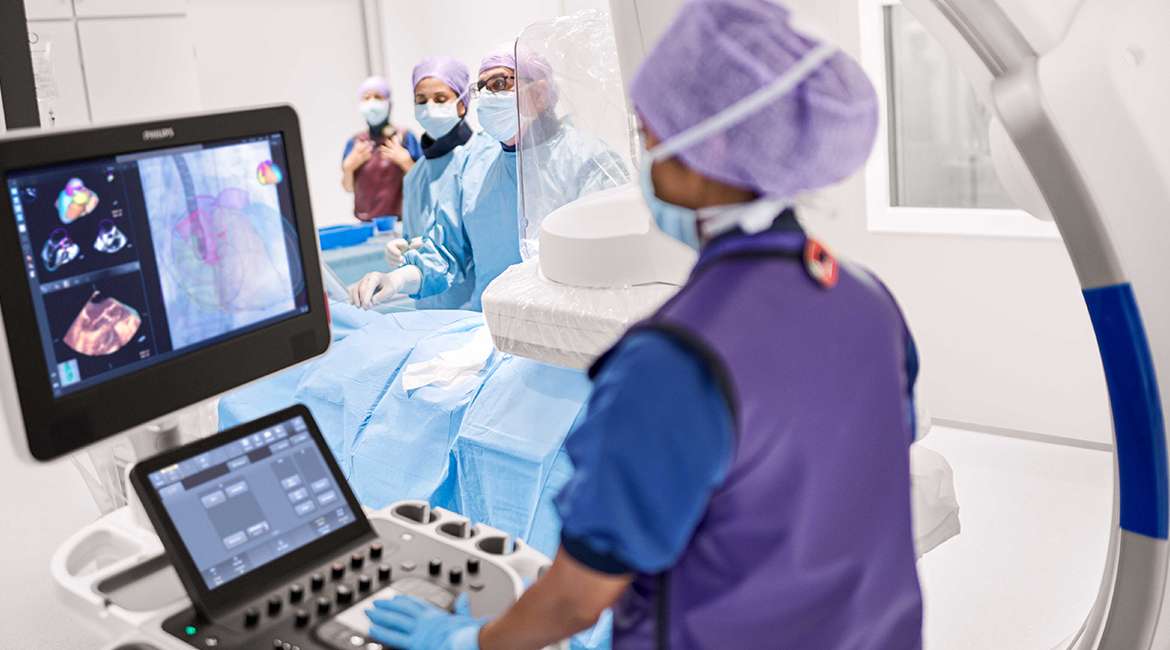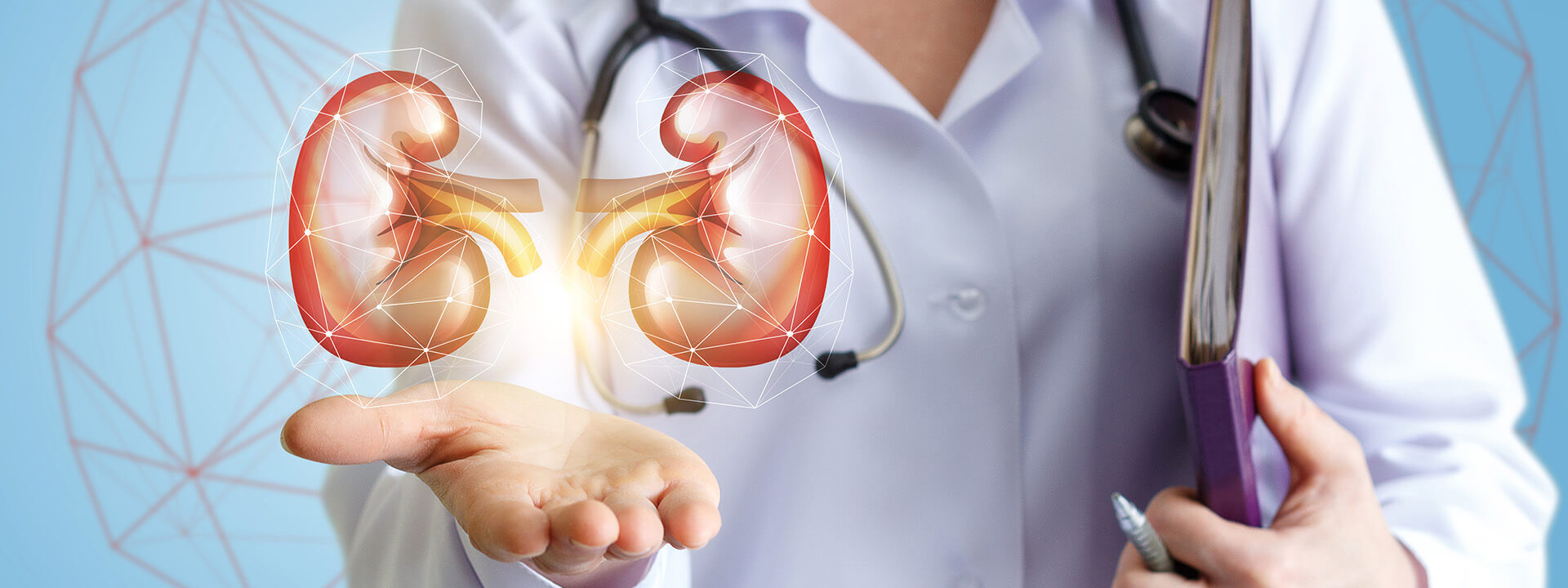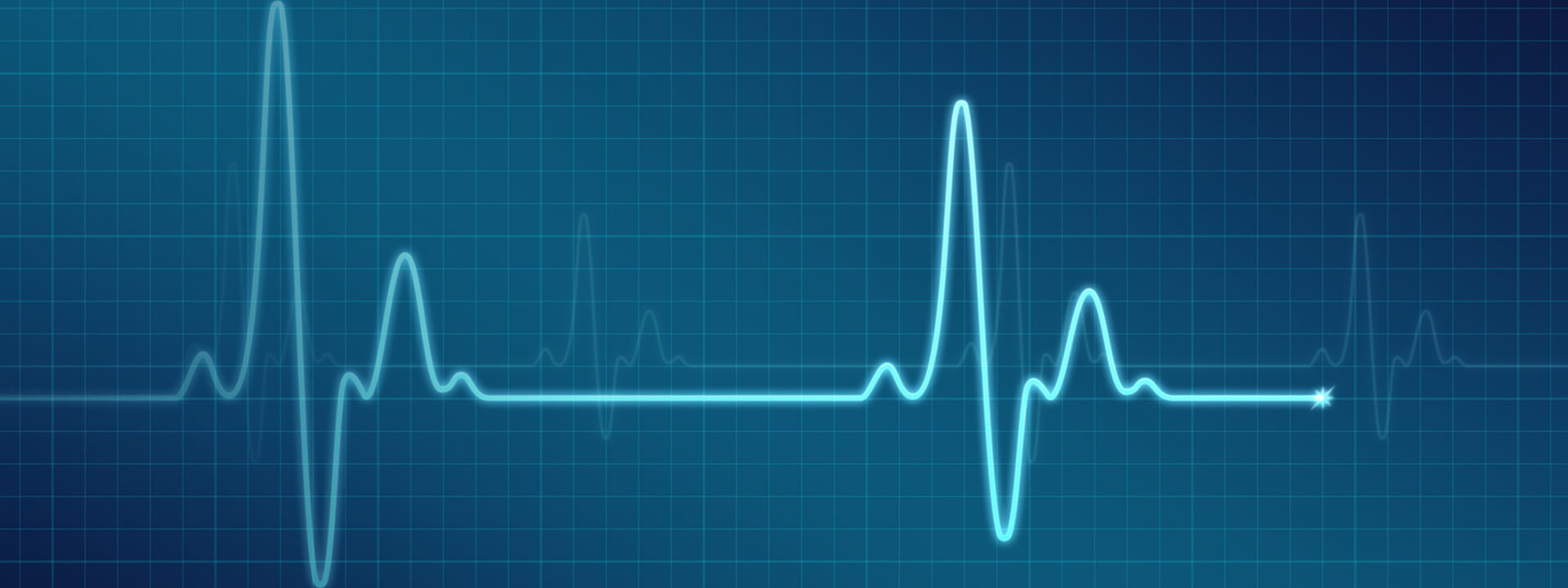Cardiac science involves analysing known and suspected heart disease.

Cardiology is a branch of medicine that deals with the disorders of the heart as well as some parts of the circulatory system. The field includes medical diagnosis and treatment of congenital heart defects, coronary artery disease, heart failure, valvular heart disease and electrophysiology. Physicians who specialize in this field of medicine are called cardiologists, a specialty of internal medicine.

Angiography
Angiography is a medical imaging technique used to visualize the inside, or lumen, of blood vessels and organs of the body, with particular interest in the arteries, veins, and the heart chambers. This is traditionally done by injecting a radio-opaque contrast agent into the blood vessel and imaging using X-ray.
The film or image of the blood vessels is called an angiography access to the blood vessels is gained most commonly through the femoral artery or the jugular or femoral vein.
PTCA
Percutaneous transluminal coronary angioplasty, a type of angioplasty
Percutaneous coronary intervention (PCI) is a non-surgical procedure used to treat narrowing of the coronary arteries of the heart found in coronary artery disease.
Primary PCI is the urgent use of PCI in people with acute heart attack, especially where there is evidence of heart damage on the electrocardiogram. PCI is also used in people after other forms of myocardial infarction or unstable angina.

Non - Interventional Cardiology is the branch of cardiology which deals with diagnosing and treating cardiovascular diseases which includes congenital (present at birth) as well as acquired- like coronary heart disease, valvular heart diseases, cardiomyopathies, pericardial diseases etc through catheter-based .

Electrocardiogram (ECG): Using an Electrocardiogram, your doctor will be able to spot the anomalies happening in the rhythm and structure of the heart. This is done by measuring the electrical motion of the heart. It’s non-invasive and painless. During the procedure, the specialist puts two electrodes on the chest of the patient and measures the electrical activity. The recording is displayed on the connected machine.
Echocardiogram: An echocardiogram is performed using sound waves. With the help of sound waves, images are created on the screen that tells your doctor how your heart beats and pumps the blood. In this way, your doctor can speedily detect your heart disease.
Stress test: Doctors perform stress test to diagnose heart diseases like coronary artery disease and heart rhythm problems (arrhythmias). Also known as an exercise stress test, stress test is done to check how your heart works when you indulge in physical activities. Since heart beats faster when you undertake a physical exercise, any blockage or issue with the blood flow can be easily detected in this state.
Cardiac catheterization: In cardiac catheterization, a catheter is inserted inside the artery or vein located in the groin or neck area. From there it travels to your heart and helps your doctor detect any underlying heart issues including narrowing or blockage of the blood vessels. It can also help in the hemodynamic assessment